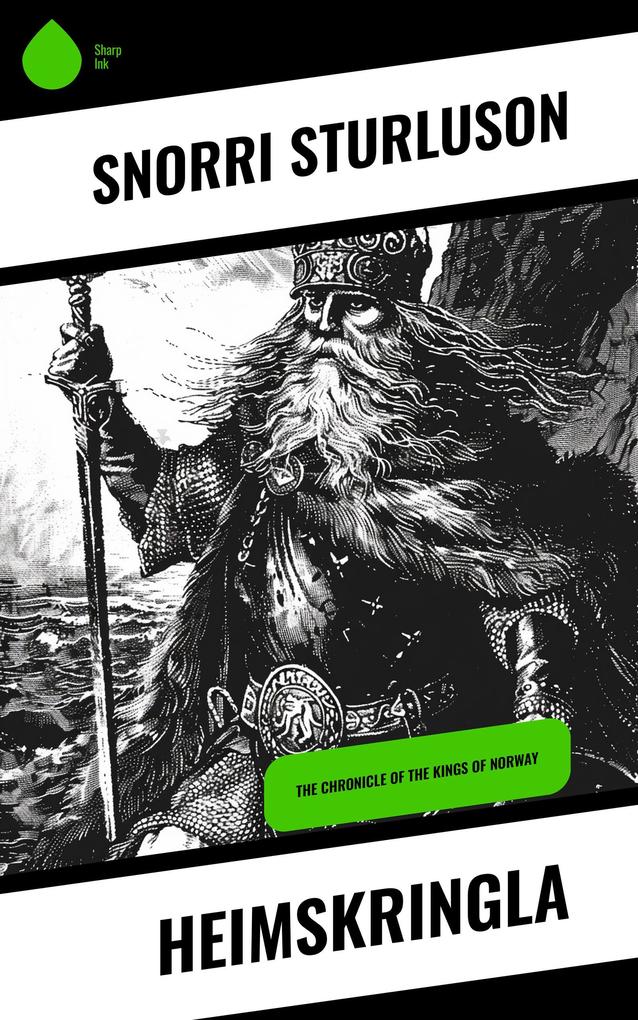
Sofort lieferbar (Download)
Heimskringla, written by the Icelandic historian and poet Snorri Sturluson in the early 13th century, is a monumental work that chronicles the history of the Norwegian kings from legendary times to the reign of Magnus Erlingsson. This text reflects a unique blend of prose and poetry, interweaving sagas and historical accounts with a rich tapestry of Norse mythology and cultural lore. Sturluson's literary style is marked by vivid imagery and an engaging narrative voice, positioning Heimskringla within the broader context of medieval Scandinavian literature. The work serves not only as a historical record but also as a means to preserve and celebrate the cultural heritage of the Norse people amid the Christian transformation of Scandinavia. Snorri Sturluson, born into a prominent chieftain family, was deeply enmeshed in the political and literary currents of his time. His own experiences, including his participation in the tumultuous power struggles of 12th-century Iceland and Norway, profoundly informed his writings. Sturluson's background as both a historian and a poet enabled him to craft a comprehensive account that marries historical facts with rich mythological elements, reflecting the dual nature of Norse culture. Heimskringla is an essential read for anyone intrigued by Norse history, literature, or culture. Scholars, students, and casual readers alike will find value in Sturluson's keen insights and narrative prowess, as this work provides a profound understanding of the medieval Scandinavian worldview and the enduring legacies of its rulers.
Produktdetails
Erscheinungsdatum
25. Januar 2023
Sprache
englisch
Dateigröße
1,71 MB
Autor/Autorin
Snorri Sturluson
Übersetzung
Samuel Laing
Verlag/Hersteller
Kopierschutz
mit Wasserzeichen versehen
Produktart
EBOOK
Dateiformat
EPUB
ISBN
9788028218515
Entdecken Sie mehr
Bewertungen
0 Bewertungen
Es wurden noch keine Bewertungen abgegeben. Schreiben Sie die erste Bewertung zu "Heimskringla" und helfen Sie damit anderen bei der Kaufentscheidung.









